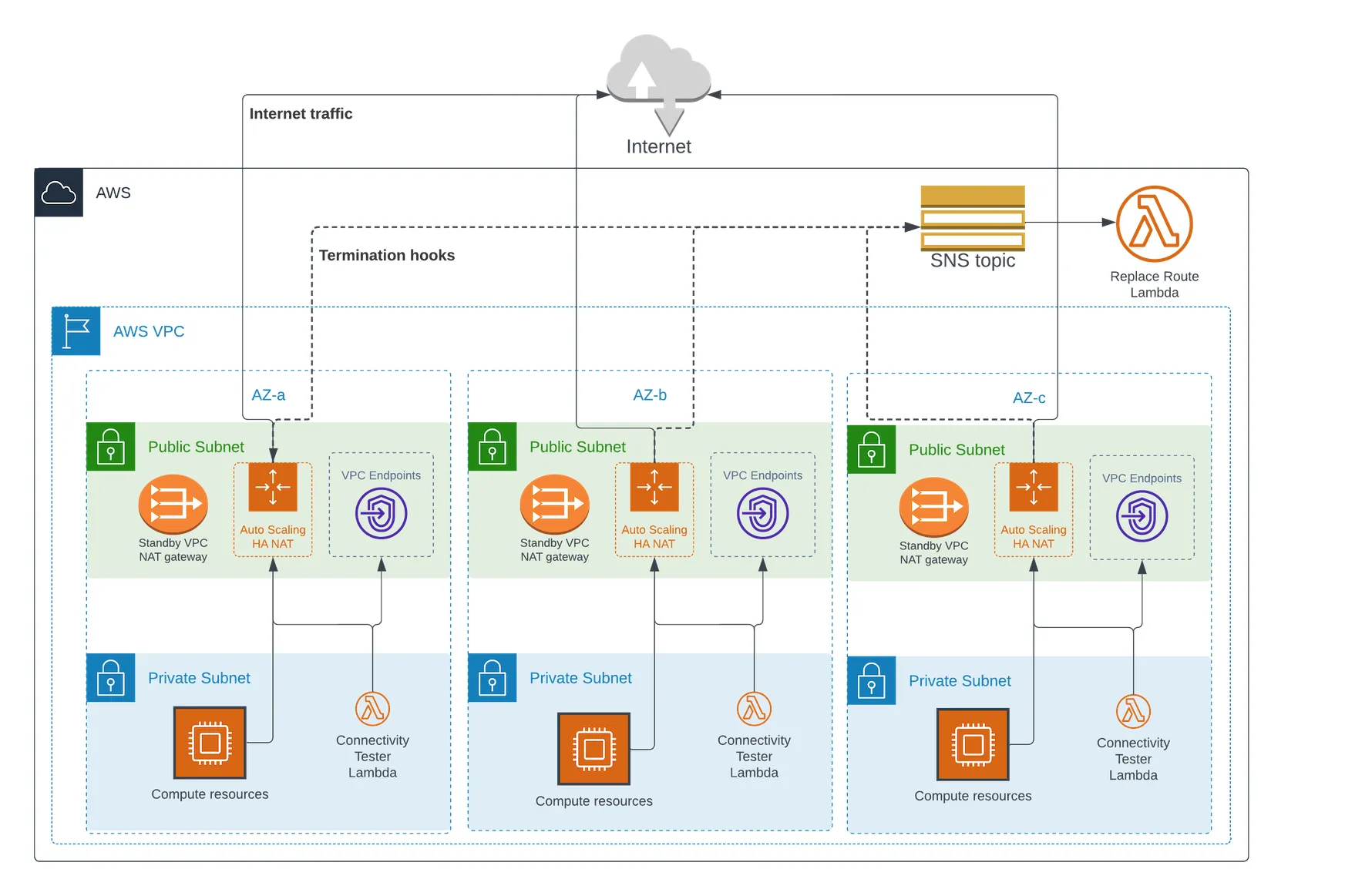AWS open source newsletter, #199
A round up of the latest open source news, projects, and events that every open source developer should know about.
qgis-amazonlocationservice-plugin
Demos, Samples, Solutions and Workshops
amazon-bedrock-serverless-prompt-chaining
how-high-is-my-salary-enclave-app
The best from around the Community
Building projen-pipelines in public - Open Source Development in practice
FOSS in Flux: Redis Relicensing and the Future of Open Source
The New Builders: Tom Callaway talks about Building OSS Culture at AWS
BSides Exeter July 27th, Exeter University, UK
Open Source Summit September 16-18th, Vienna, Austria
All Things Open 27-29th October, Raleigh, North Carolina


- Introducing Amazon EMR on EKS with Apache Flink: A scalable, reliable, and efficient data processing platform introduces the features of EMR on EKS with Apache Flink, discuss their benefits, and highlight how to get started
- Create a fallback migration plan for your self-managed MySQL database to Amazon Aurora MySQL using native bi-directional binary log replication looks at how you can set up bi-directional replication between an on-premises MySQL instance and an Aurora MySQL instance [hands on]
- Automate interval partitioning maintenance and monitoring in Amazon RDS for PostgreSQL and Amazon Aurora PostgreSQL – Part 2 demonstrates how you can monitor and send alerts using PostgreSQL extensions like pgcron, awslambda [hands on]

- Benchmark Amazon RDS for PostgreSQL Single-AZ DB instance, Multi-AZ DB instance, and Multi-AZ DB Cluster deployments presents a qualitative performance comparison between RDS for PostgreSQL Single-AZ DB instance, Multi-AZ DB instance, and Amazon RDS Multi-AZ DB Cluster deployments
- Best practices for AWS AppSync GraphQL APIsprovides a guide to help you look at strategies that you should consider when building out your GraphQL API
- How Freddie Mac used Amazon EKS to modernize their platform and migrate applications is a case study on how Freddie Mac built a platform on Amazon EKS that allowed them to migrate and modernise their apps at a faster pace

- Securing HPC on AWS: implementing STIGs in AWS ParallelCluster walks you through the process of applying Security Technical Implementation Guides (STIGs, a set of standards maintained by the US government) to your ParallelCluster environment [hands on]
- Unit testing Apache TinkerPop transactions: From TinkerGraph to Amazon Neptune shows how you can use TinkerGraph to unit test your transactional workloads, as well as how to use TinkerGraph in embedded mode [hands on]
- Deploying Multiple Large Language Models with NVIDIA Triton Server and vLLM shows you how to deploy multiple Large Language Models with NVIDIA Triton Server and vLLM on Amazon EKS via the Data on EKS project [hands on]

JSON_TABLE features that can convert JSON to a standard PostgreSQL table. The MERGE command now supports the RETURNINGclause, letting you further work with modified rows. PostgreSQL 17 also includes general improvements to query performance and adds more flexibility to partition management with the ability to SPLIT/MERGE partitions.Any opinions in this post are those of the individual author and may not reflect the opinions of AWS.
